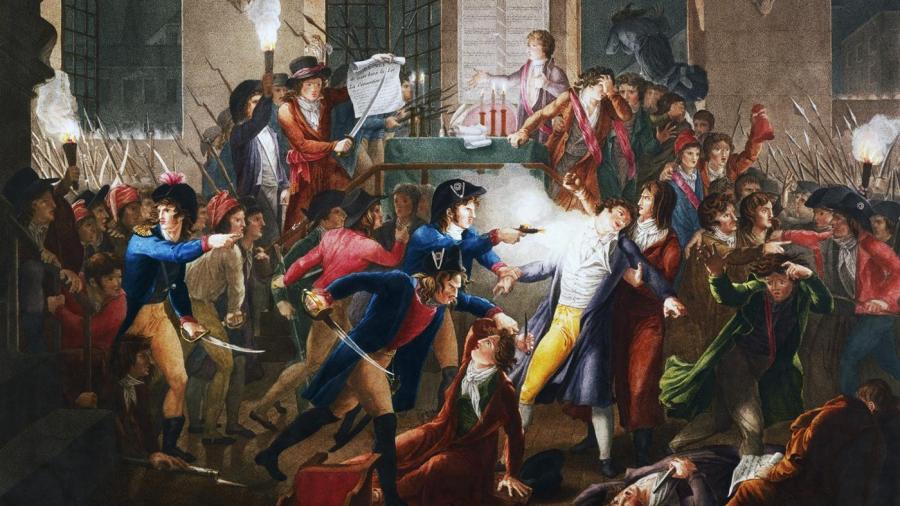What Occurred During the French Revolution?

During the French Revolution, France saw the end of the monarchy ruling the country and worked towards fair representation for the working classes. During this time, peasants rioted, looted and protested, and a new government was formed.
Towards the end of the 18th century, the French monarchy began to run out of money due to its involvement in the American Revolution, so it imposed a land tax on most of the population. This alienated the nobility from the monarchy. At the same time, the Third Estate, which was France’s most underrepresented class, grew until it accounted for 98 percent of the population. Eventually, the Third Estate began to demand a vote, and when it wasn’t granted, they formed their own national assembly.
During June and July 1989, revolutionaries stormed the Bastille in Paris to claim weapons and began rioting on the streets. Although the French were happy to see a decline in royal powers, they did initially try to form a constitutional monarchy in 1791. In 1792, a rise in counterrevolutionary ideals eventually led to the execution of King Louis XVI and his wife Marie Antoinette. In 1793, the 10-month Reign of Terror saw suspected counterrevolutionaries executed in their thousands. Eventually, Robespierre, who delivered most of the execution orders, was also executed. In 1795, Napoleon’s rise to power saw a gradual end to the French Revolution.





